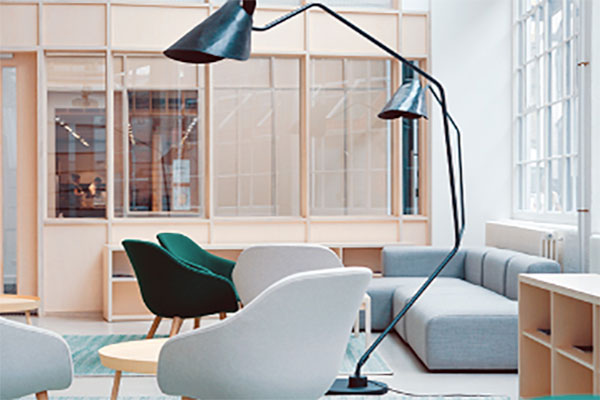The Rising Importance of Thermal Comfort
When was the last time your bedroom was too warm and you couldn’t get a wink of sleep? Have you ever woken up with a head cold during the summer because your air conditioner seemingly froze you to near-death? It’s often only when we experience this type of dissonance between our bodies and our surroundings that we can realize and appreciate the fundamental importance of thermal comfort.
To put it simply, ‘thermal comfort’ is a state of contentment and satisfaction with one’s thermal environment. It’s the “just right” feeling that comes with being neither too hot or too cold. Although the idea of a comfortable temperature varies from person to person, a thermal environment that ventures too far into either direction will undoubtedly have a negative impact on both mood and physical health.
The following are four key environmental factors that affect thermal comfort:
- Air temperature: This is the temperature of the air in the room, often measured in Celsius.
- Air velocity: Air movement can cause heat transfer from the body surface, smaller velocity implies less loss of heat
- Radiant temperature: Heat loss can occur by convection (energy that’s transferred through the flow of air) and radiation (energy that’s transferred from surrounding surfaces).
- Relative humidity: Humidity within the micro-environment has the ability to significantly affect one’s living conditions

It goes without saying that there isn’t much we can do to avoid extreme temperatures when we’re outdoors. Whether there’s a heatwave or snowstorm, we’re advised to stay indoors for our safety. That is, after all, one of architecture’s most pivotal functions. Indoor cooling and heating is designed to keep us feeling comfortable and safe. As we continue to progress into the 21st Century, many people have become accustomed to advancements in technology and a higher quality of life. But what happens when these systems fail to adequately fulfill our basic human requirements? What can building designers do to satisfy our innate need for comfort while also remaining cognizant of energy consumption?
When it comes to air distribution, depending on the time of year, your HVAC system is working hard to either heat up the cold air in the winter, or cool down the hot, humid air during the summer. Year-round, air is continuously passing through your HVAC equipment. If there are any leakages in your building envelope, and air starts to make its way into your building through other means, the indoor air quality will suffer as a result. The air that’s sneaking in will either be below or above your desired temperature and humidity, thus significantly lowering the level of thermal comfort. Over time, the neglected air leakage will overwork your HVAC system as it attempts to regulate the indoor air conditions, thus lowering its efficiency and effectiveness.
In today’s world, the reality is that the average person spends as much as 90% of his/her life indoors. When designing new buildings, it’s imperative to give great care and attention to optimizing indoor thermal comfort. Although a multipurpose solution doesn’t exist for every scenario, it’s important for building designers to be mindful of their strategies and implementation of custom solutions for the unique needs of every project. Choosing to invest in high-quality building materials will also help to prevent potential setbacks down the line. All told, having a solid understanding of thermal comfort is important to the future of architecture, as it’s an important puzzle piece in building design and sustainability.


